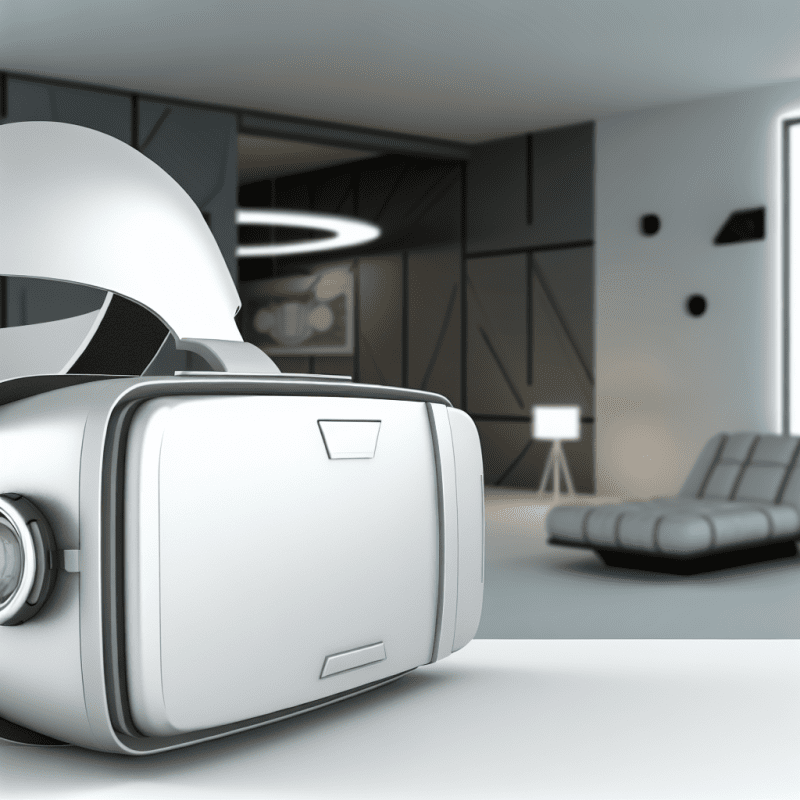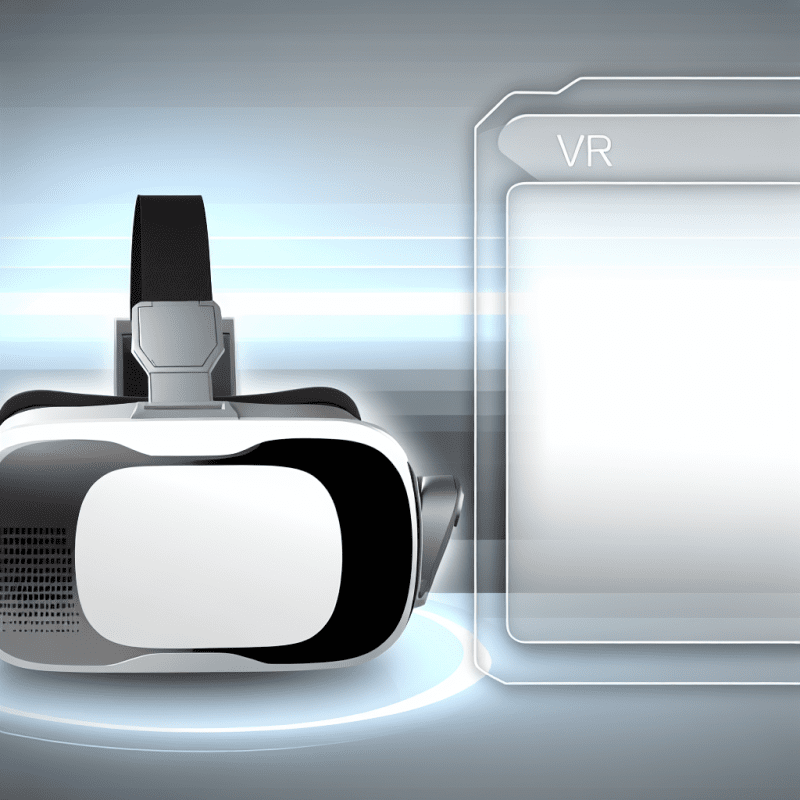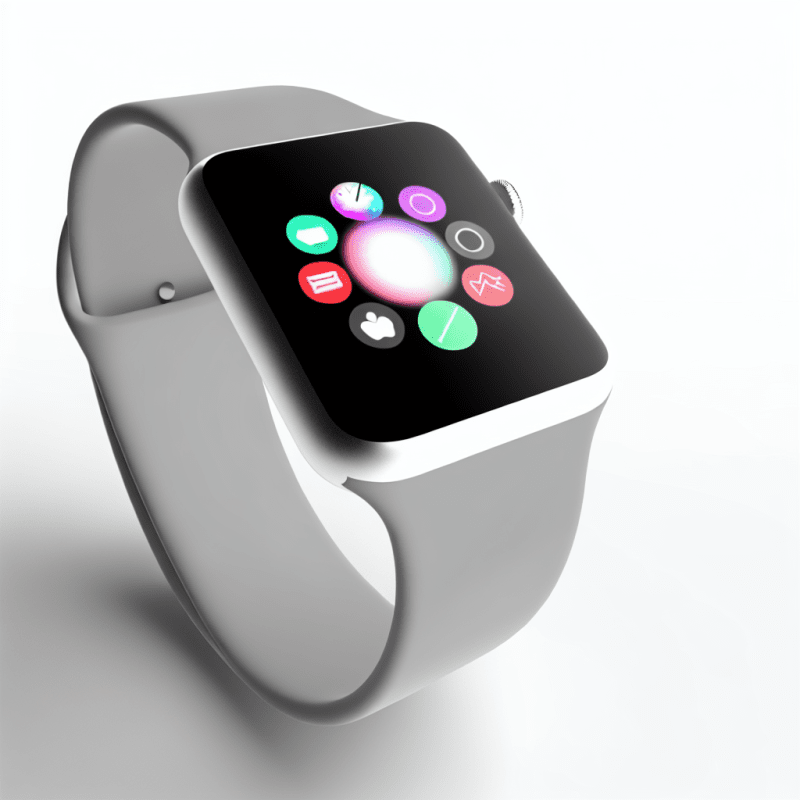When it comes to health rate monitors, it's important to know there are a few different types to choose from. Each type has its own set of features that can make a big difference in how you track your progress. Let's break down the options!
When picking a heart rate monitor, think about how you plan to use it. If you want something simple for casual tracking, a wrist-based monitor might do the trick. But if you’re into serious training, a chest strap could give you the accuracy you're after. Always check for compatibility with your phone or fitness apps, too!
Finally, don’t forget about battery life and comfort. You’ll want something that lasts through your workouts and feels good on your body. Your health rate monitor should feel like a part of your routine, not an annoying accessory!
How to Choose the Right Monitor
Choosing the right heart rate monitor can feel a bit overwhelming at first, but don’t worry! It’s all about finding the features that suit your lifestyle and fitness goals. Here are some key points to consider:
Don’t forget to read reviews and see what other users have to say about their experiences! Finding the right heart rate monitor is all about matching it with your needs and activities. Happy monitoring!
Using Your Monitor for Best Results
Using your heart rate monitor can greatly enhance your fitness routine. To maximize those results, it helps to know a few key tips. Start by familiarizing yourself with the monitor's buttons and settings. This way, you can quickly adjust it on the go without fumbling around. Follow the manual for setup instructions, and don't hesitate to contact customer support if you run into any issues!
When wearing your heart rate monitor, find the right position for comfort and accuracy. If it’s a wrist monitor, make sure it’s snug but not too tight. You want it to stay in place while still being comfortable. For chest straps, they should sit just below your chest muscles. The right fit ensures you're getting accurate readings, which is essential when tracking your heart rate during workouts.
Always sync your monitor with the companion app (if applicable) to track your trends over time. Many apps provide insights into your heart rate zones, helping you tailor your workouts. Regularly check your progress; it can be motivating to see how far you've come!
Common Questions About Health Rate Monitors
When it comes to health rate monitors, you probably have some questions. Let’s tackle the most common ones to help you navigate through your options!
1. What is a health rate monitor?
A health rate monitor is a device that tracks your heart rate in real-time, giving you insights into how your body is working during exercise or throughout the day. Whether you're a casual walker or a serious athlete, keeping an eye on your heart rate can help you understand your fitness level.
2. How does a heart rate monitor work?
Most heart rate monitors use sensors to detect your pulse. They can be worn on your wrist like a watch or as a chest strap. They work by either using optical sensors that measure blood flow or electrical sensors that detect heartbeats. Whatever the method, they aim to provide accurate readings to help you optimize your workouts.
3. Do I need a smartphone to use a heart rate monitor?
Not necessarily! Some monitors work independently and can show your heart rate directly on the device. However, many models sync with your smartphone apps to provide deeper insights into your heart rate trends and overall fitness data, which can give you a better understanding of your progress.
4. Can I wear a heart rate monitor all day?
Absolutely! Many people choose to wear monitors throughout the day. Just be sure to pick a model that is comfortable and designed for all-day wear. Some monitors also track sleep patterns, giving you a fuller picture of your health.



